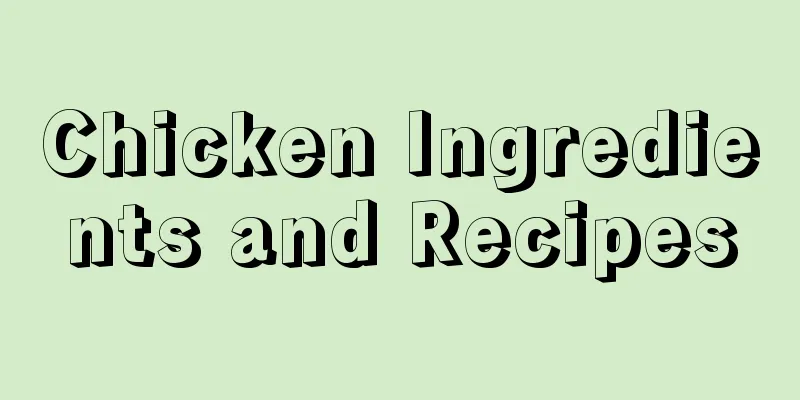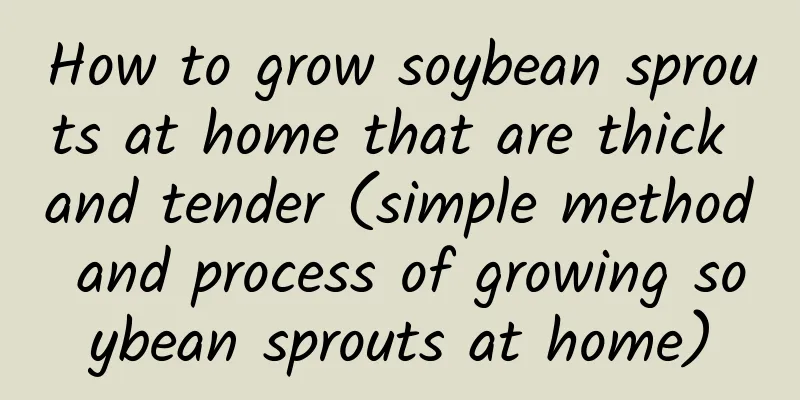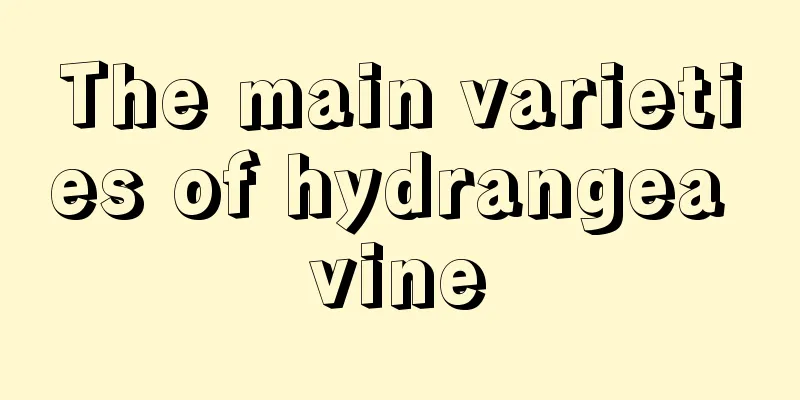Chicken Ingredients and Recipes

|
Chicken is very delicious and is a source of protein for the human body. It is very popular. Chickens are raised in many areas of our country. If you want to raise chickens well, you must pay attention to feeding them. Here is a complete list of chicken ingredients and recipes. 1. Broiler feed formula 1. Feed formula for 0~(4-5) weeks of age Formula: 48.0% corn, 18.3% second-grade flour, 24.0% soybean meal , 6.0% domestic fish meal, 1.2% shell meal, 1.2% calcium hydrogen phosphate, 1.0% additives, and 0.3% salt. 2. Feed formula for (4-5)~(10-11) weeks of age Formula: 34.83% corn, 10.0% second-grade flour, 20.0% broken rice, 10.0% fine bran, 13.0% soybean meal, 5.0% rapeseed meal, 4.0% domestic fish meal, 0.8% stone powder, 1.0% calcium hydrogen phosphate, 1.0% additives, and 0.37% salt. 3. Feed formula for children aged 10 to 11 weeks and above Formula: 25.43% corn, 10.0% second-grade flour, 30.0% broken rice, 10.0% fine bran, 7.0% soybean meal , 10.0% peanut meal, 3.0% alfalfa meal, 1.4% stone powder, 0.8% calcium hydrogen phosphate, 1.0% additives, and 0.37% salt. 2. Laying hen feed formula 1. Feed formula for brooding period Formula: corn 44.0%, soybean cake 15.0%, stone powder 1.50%, calcium hydrogen phosphate 1.10%, methionine 0.05%, lysine 0.05%, premix 0.50%, fish meal (imported) 1.50%, sorghum proportion 10.0%, second flour proportion 10.0%, peanut kernel cake 8.0%, wheat bran 8.0%. 2. Feed formula for growing period Formula: corn 70.0%, wheat bran 9.70%, soybean cake 12.0%, calcium hydrogen phosphate 1.2%, stone powder 1.20%, premix 0.50%, salt 0.30%, second-grade flour 2.6%, peanut kernel cake 2.5%. 3. Feed formula during egg laying period (1) Production period: corn 72.00%, soybean meal 10.0%, peanut kernel cake 8.0%, fish meal (domestic) 2.20%, calcium hydrogen phosphate 1.30%, stone powder 5.52%, methionine 0.10%, lysine 0.11%, vegetable oil 1.0%, additives 0.50%, salt 0.30%. (2) Peak egg-laying period: corn 55.7%, second-grade flour 8.0%, soybean meal 11.5%, peanut kernel cake 8.0%, fish meal (domestic) 4.0%, calcium hydrogen phosphate 1.2%, stone powder 7.7%, methionine 0.10%, vegetable oil 3.0%, additives 0.50%, salt 0.30%. (3) Other egg-laying periods: corn 67.70%, soybean meal 8.0%, cottonseed cake 2.0%, peanut kernel cake 8.0%, fish meal (domestic) 3.0%, calcium hydrogen phosphate 1.20%, stone powder 7.2%, methionine 0.10%, lysine 0.05%, vegetable oil 2.0%, additives 0.50%, salt 0.30%. 3. Pollution-free feed formula Formula: 43% corn, 15% barley, 10% sorghum, 5% rice bran, 10% soybean cake and peanut cake, 7.5% fish meal, 2.5% bone meal, 6.5% shellfish meal, and 0.5% salt. This ratio of feed can make the chicken pollution-free, high in protein and of good quality. That’s it |
<<: How to make dried roses, how to make dried roses
>>: How to prolong the shelf life of roses, how to keep roses fresh
Recommend
What to do if the leaves of green diamond flower turn yellow
1. Too much water If this is the reason why its l...
Which one is easier to raise, Bird of Paradise or Monstera? Which one has better meaning when raised at home?
Differences between Bird of Paradise and Monstera...
Mint repotting and precautions
Steps to repotting mint 1. Place for changing pot...
The best plants for the bedroom
1. Monstera Its leaves are very special and the w...
Phalaenopsis seed germination method
1. Soak in warm water 1. Pick out the mature seed...
How to repot and transplant nasturtium
season The repotting and transplanting of nasturt...
Which month is best to transplant grape seedlings?
Grape is a woody vine plant of the Vitaceae famil...
How to care for pine bonsai
No water accumulation Pine bonsai can survive wel...
How to distinguish poppy from corn poppy
1. Difference in plant height The poppy can gener...
What is the effect of false forsythia
Medicinal value of Forsythia suspensa The false f...
If you make a small move, the flower will be killed.
1. Place the flowers on the floor heating or near...
Where is the best place to plant the tower pine tree?
Pine tree planting area The tower pine tree refer...
Characteristics of spring grass
Flowering and maintenance of spring grass Spring ...
What is the function of the peace tree
Purification Placing a peace tree at home can pur...
How to judge whether asparagus fern should be watered? What details should be paid attention to when watering?
Asparagus fern likes to grow in a humid environme...









